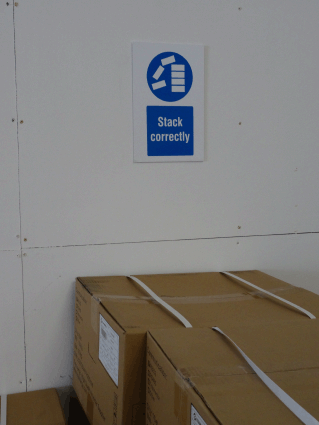Manual handling injuries are one of the most common forms of workplace accidents. In 2013/2014 the HSE reported that such injuries were 24% of total reported incidents, and this led to 909,000 lost working days in that period. The type of manual handling injuries included repetitive strain injuries, muscle pulls, sprains and strains, trapped nerves, finger trap wounds, cuts from sharp objects, hernias, upper limb disorders as well as back problems.
Contributory factors involved in leading to such problems involve carrying, pushing or pulling loads result from twisting, stooping or bending, may involve sudden movements, or excessive travel distances, sometimes with inadequate periods for recovery. The loads may be heavy, unbalanced, difficult to grip, or may be sharp, hot or cold.
Other factors which can add to manual handling safety difficulties can include poor workspace layout or working conditions (uneven floors, inadequate lighting or poor ventilation), duration and frequency of lifting action including lengthy time in a fixed posture position, and the condition of awkward loads (such as slippery or unwieldy weights).

While there are high risk industries such as healthcare, construction, agriculture, transport and storage, these lifting actions are commonplace throughout most occupations, although many to a much lesser extent. All industrial sectors must comply with the Manual Handling Operations Regulations 1992 to provide a safe environment for lifting of loads.
Label Source’s range of manual handling signs, notices and labels can assist in drawing attention to good practice to tie in with safe working guidelines, proper on the job training, matching the suitability of the person to the demands of lifting, health screening, job rotation, handling in teams or use of mechanical aids, such as hoists, trolleys, conveyor belts or forklift trucks.